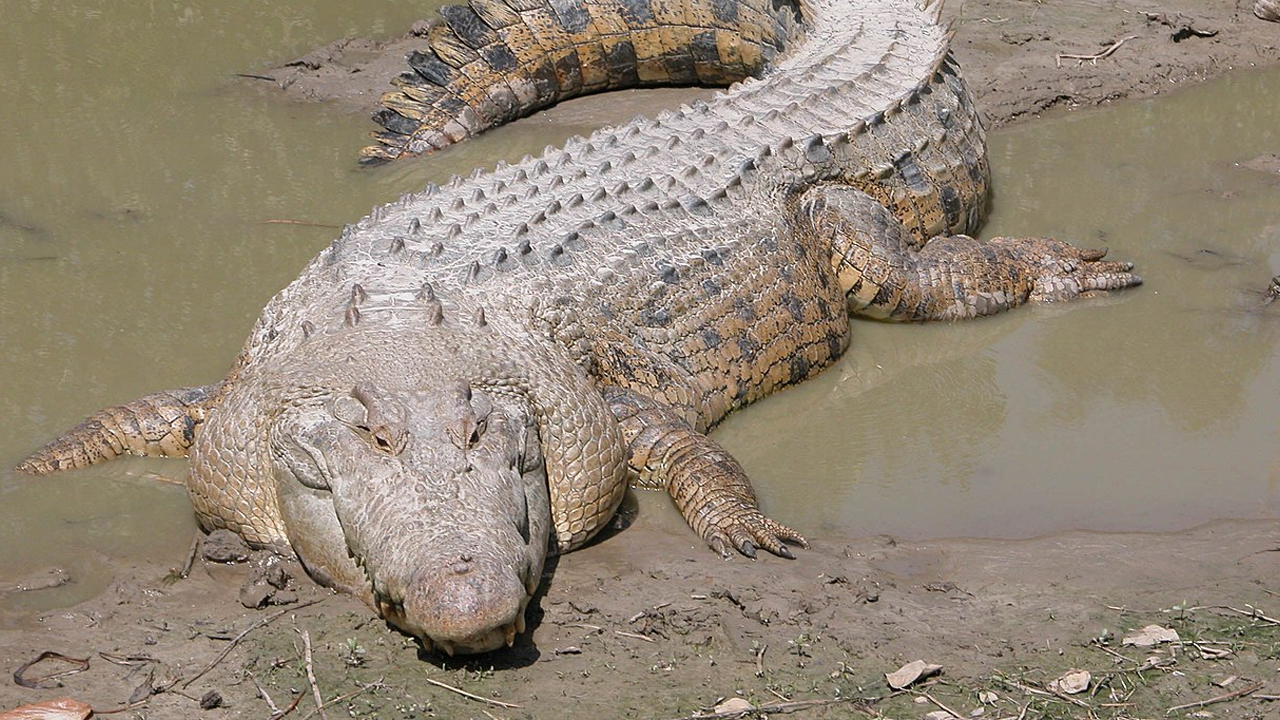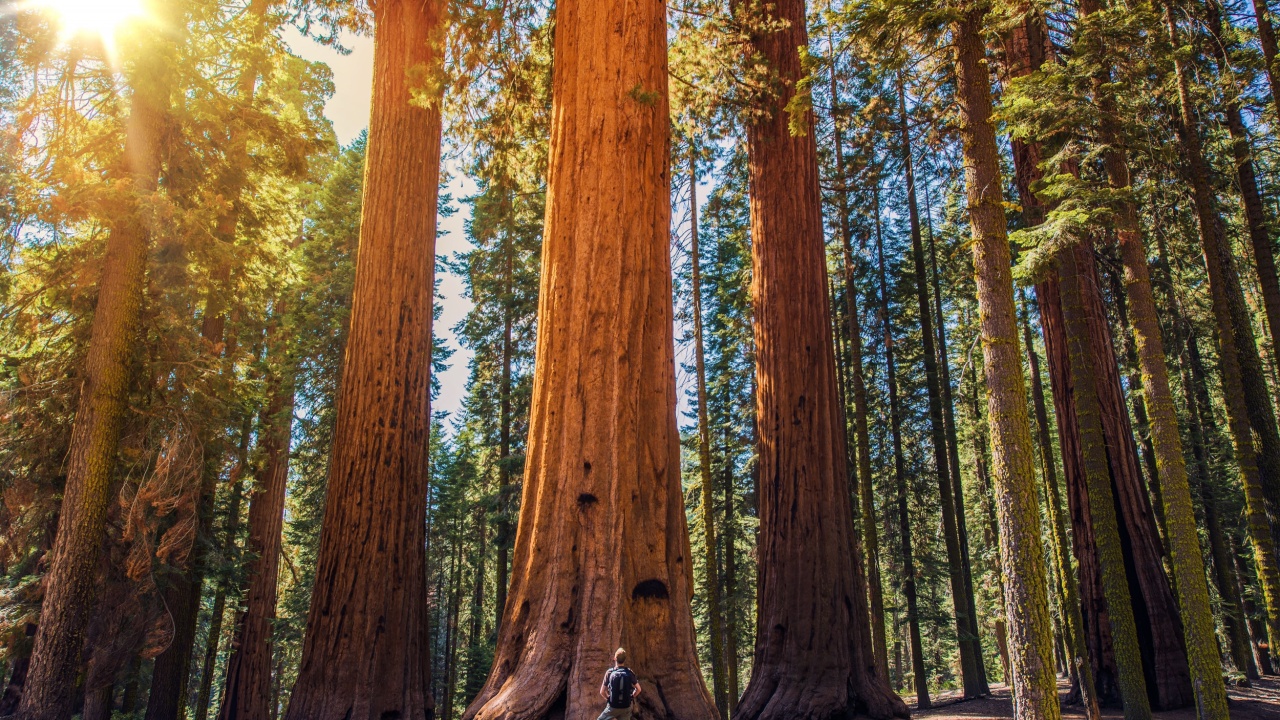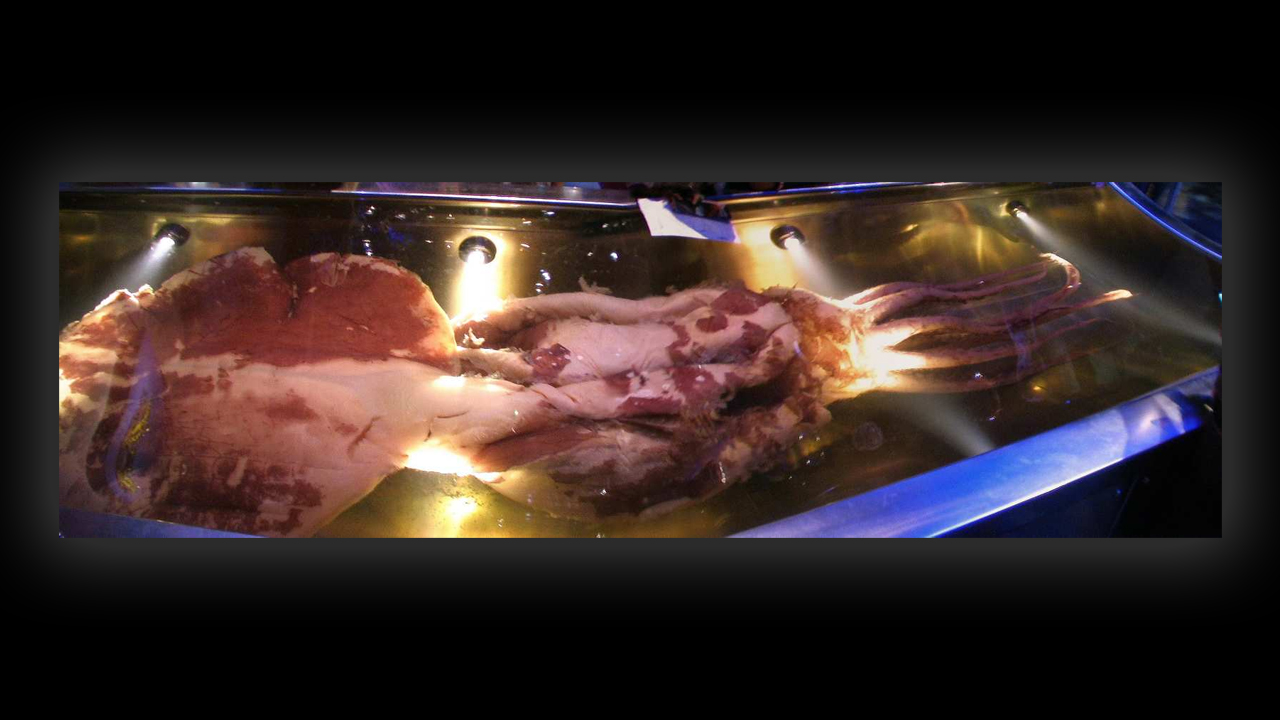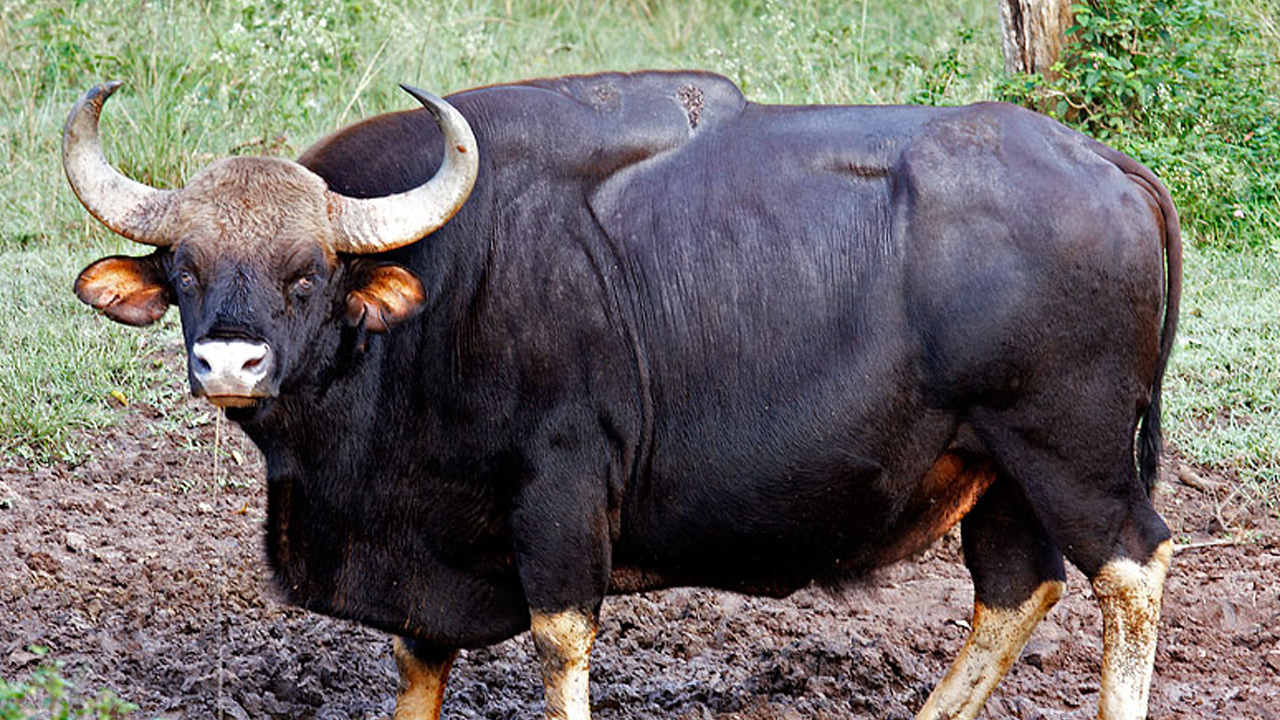Have you ever wondered about the biggest animals that have roamed the Earth? While dinosaurs are often the first creatures that come to mind, there have been many other massive animals throughout history.
From gentle giants of the ocean to towering land mammals, these incredible beings have captured our imaginations and reminded us of the awe-inspiring diversity of life on our planet. In this list, we’ll explore ten of the largest animals that weren’t dinosaurs, and learn a bit about what makes each one so special.
Blue Whale

The blue whale is the largest animal to have ever existed, reaching lengths of up to 100 feet and weighing as much as 200 tons. These majestic marine mammals are found in oceans all around the world, and they feed primarily on tiny creatures called krill. Despite their enormous size, blue whales are graceful swimmers and are known for their haunting songs, which can be heard underwater from miles away.
African Bush Elephant

As the largest land animal alive today, the African bush elephant can grow up to 13 feet tall at the shoulder and weigh over 13,000 pounds. These intelligent and social animals live in close-knit family groups led by matriarchs, and they play a crucial role in maintaining the ecosystems of their African savanna and forest habitats. With their impressive memories and complex communication skills, elephants continue to captivate and inspire people around the world.
Saltwater Crocodile

The saltwater crocodile, also known as the estuarine crocodile, is the largest living reptile, with males reaching lengths of up to 23 feet and weighing over 2,000 pounds. These powerful predators are found in coastal regions of Southeast Asia and Australia, and they are known for their incredible strength, speed, and stealth. Despite their fearsome reputation, saltwater crocodiles are an important part of their ecosystems and have existed for millions of years.
Giant Sequoia

While not an animal, the giant sequoia is the largest tree in the world and deserves a spot on this list. These massive evergreens can grow to heights of over 300 feet and have trunks that span more than 30 feet in diameter. Found only in a small area of California’s Sierra Nevada mountains, giant sequoias can live for over 3,000 years, making them some of the oldest living organisms on Earth.
Colossal Squid

The colossal squid is the largest known invertebrate, with estimates suggesting they can grow up to 46 feet long and weigh over 1,000 pounds. These mysterious creatures live in the deep waters of the Southern Ocean and have rarely been seen alive. With their massive eyes, sharp beak, and powerful tentacles lined with razor-sharp hooks, colossal squids are formidable predators of the deep sea.
Whale Shark

As the largest fish in the world, the whale shark can reach lengths of up to 40 feet and weigh over 20,000 pounds. Despite their size, these gentle giants are filter feeders, swimming through the ocean with their mouths open to catch tiny plankton and small fish. Whale sharks are found in warm, tropical waters around the world and are known for their distinctive spotted pattern and friendly demeanor.
Giant Manta Ray

With wingspans reaching up to 29 feet, the giant manta ray is the largest ray in the world. These graceful swimmers glide through the ocean, feeding on plankton and small fish, and are often seen leaping out of the water in spectacular displays. Giant manta rays are found in tropical and subtropical waters worldwide, and their intelligence and curiosity have made them a favorite among divers and ocean enthusiasts.
Polar Bear

As the largest land carnivore, the polar bear can grow up to 10 feet long and weigh over 1,500 pounds. These majestic animals are perfectly adapted to life in the harsh Arctic, with their thick fur, large paws, and incredible swimming abilities. Polar bears primarily hunt seals on the sea ice, but as climate change continues to threaten their habitat, these iconic animals face an uncertain future.
Gaur

The gaur, also known as the Indian bison, is the largest wild cattle species in the world, with males standing up to 6.5 feet tall at the shoulder and weighing over 3,000 pounds. These impressive animals are found in the forests and grasslands of South and Southeast Asia, where they play a vital role in shaping their ecosystems. Despite their size and strength, gaurs are facing threats from habitat loss and poaching.
Goliath Beetle

While not as large as the other animals on this list, the goliath beetle is the heaviest insect in the world, with some individuals weighing up to 3.5 ounces. These impressive beetles are found in the tropical forests of Africa, where they feed on tree sap and fruit. With their striking coloration and massive size, goliath beetles have captured the imagination of insect enthusiasts and scientists alike.